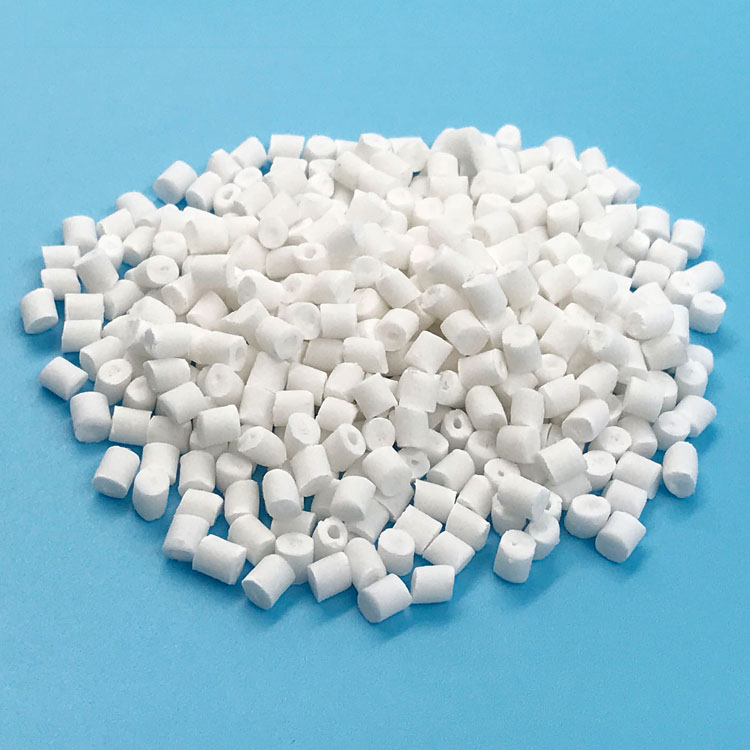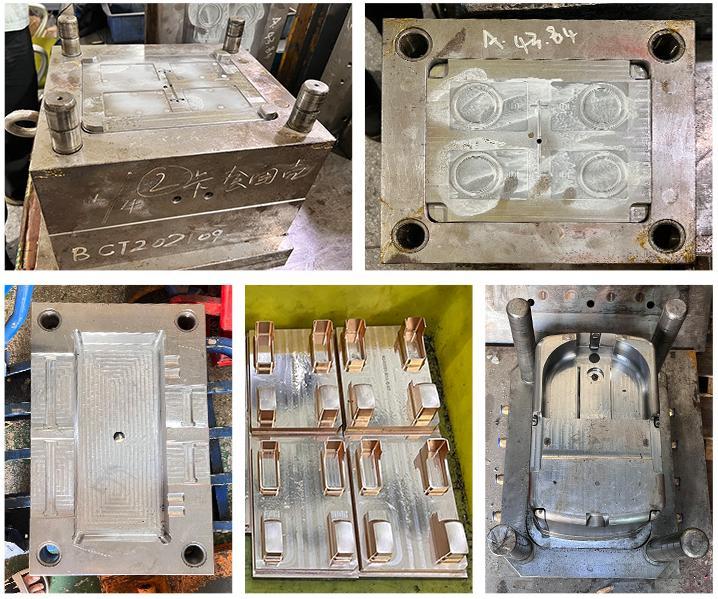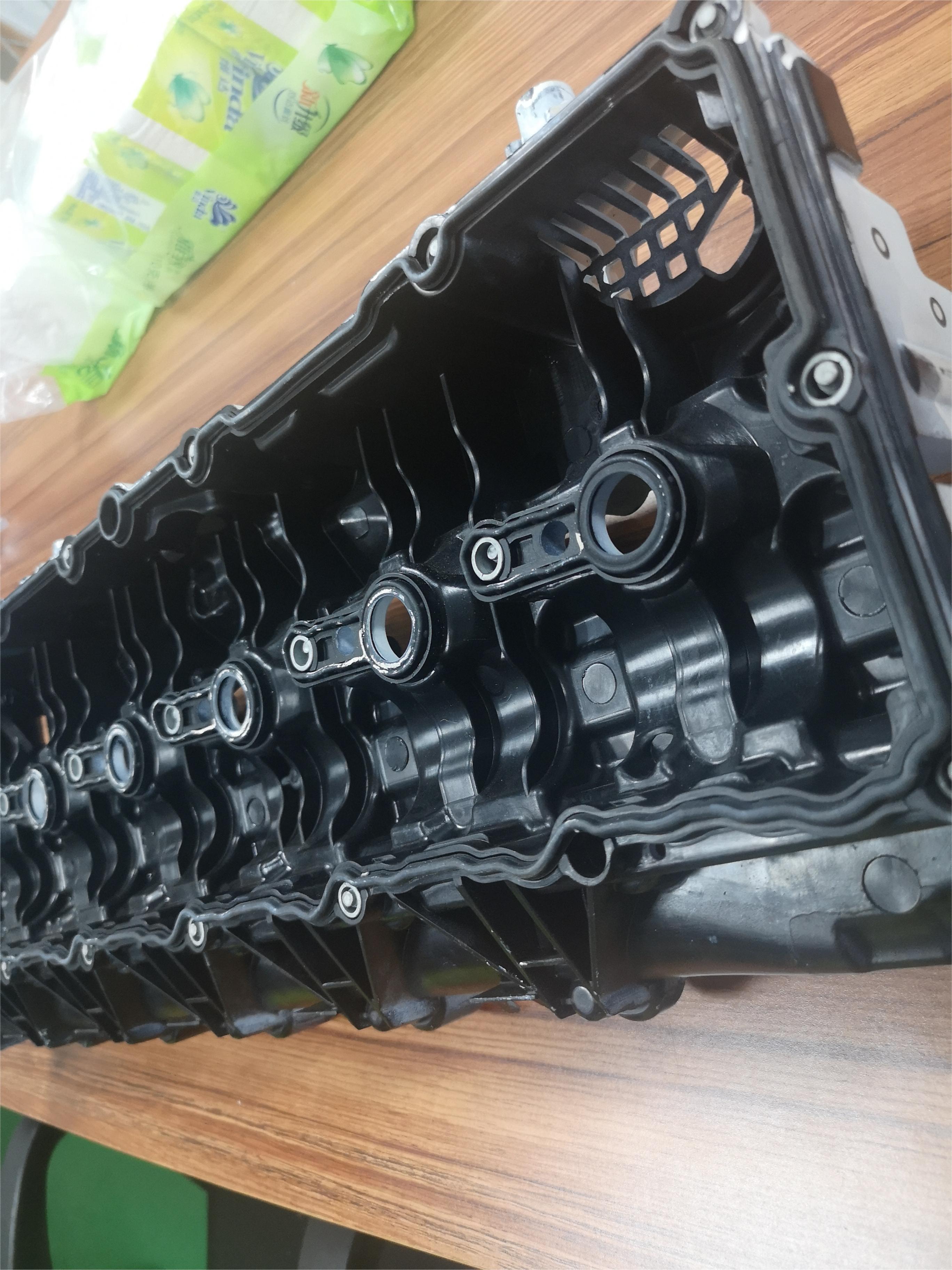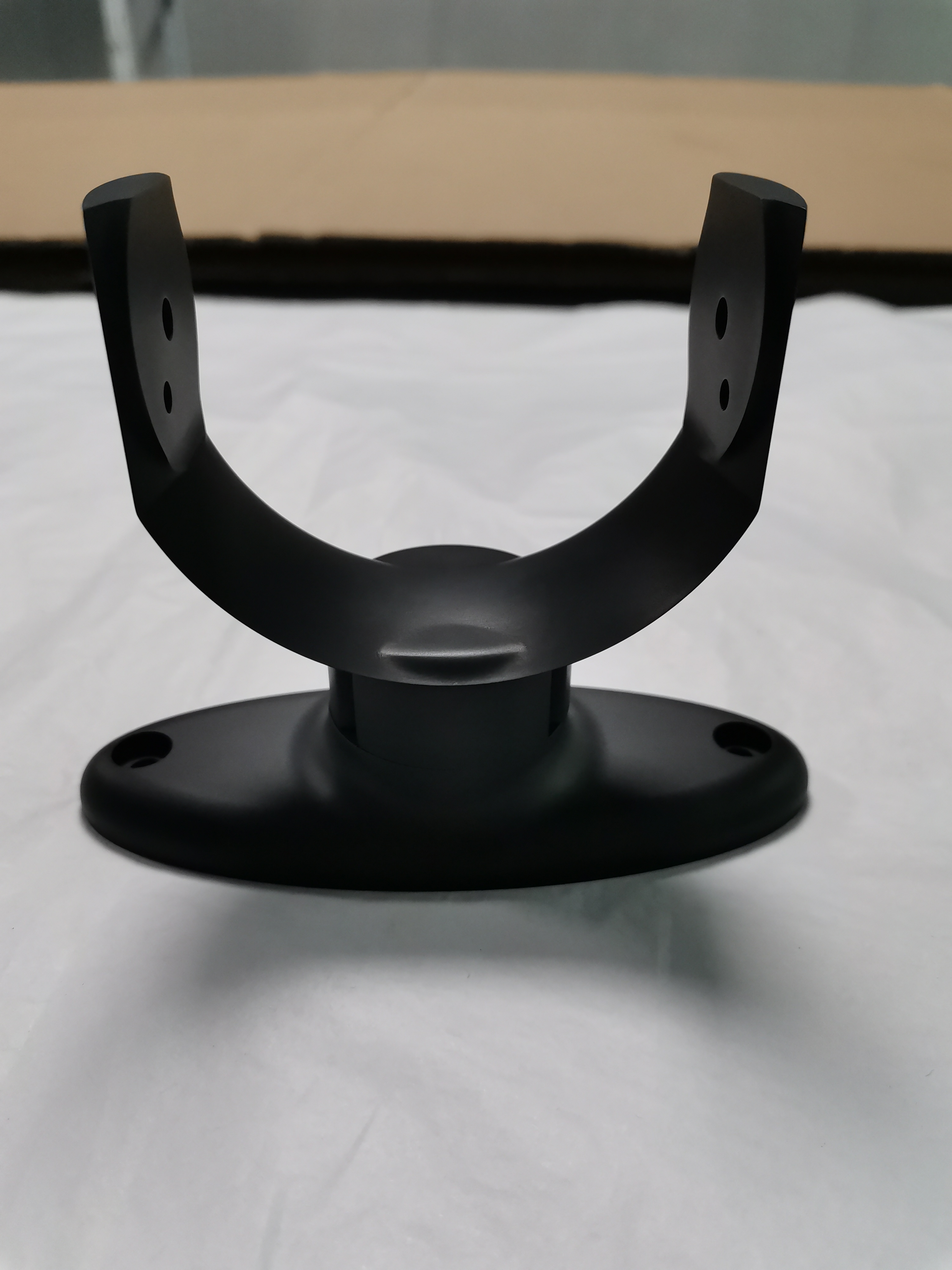What is POM injection molding?What used for?
POM (Polyoxymethylene) is a thermoplastic engineering plastic. With its excellent mechanical properties, wear resistance and chemical resistance, it can not only be processed by CNC precision, but also injection molded, suitable for manufacturing prototypes, single parts and small batch production. POM injection molding is a molding process in which POM plastic particles are injected into the mold through high temperature and high pressure, and then cooled and solidified. The following are the basic steps and precautions for POM injection molding:
01. Preparation stage:
Check whether the injection molding machine and its auxiliary equipment (such as dryer, mold, etc.) are operating normally.
Preheat the injection molding machine and set the appropriate barrel temperature and mold temperature. The barrel temperature of POM materials is usually higher to ensure that the material is fully melted.
Add POM pellets into the hopper of the injection molding machine.
02. Melting stage:
The screw of the injection molding machine begins to rotate, pushing the POM particles to the heated area of the barrel.
POM particles gradually melt at high temperatures to form a uniform melt.
03.Injection stage:
When the melt reaches the set temperature and pressure, the screw begins to advance forward, injecting the molten POM into the cavity of the mold.
During the injection process, the injection speed, injection pressure and injection time need to be controlled to ensure that the melt fully fills every corner of the mold.
04. Pressure maintaining stage:
After the molten material fills the mold cavity, the injection molding machine continues to maintain a certain pressure to ensure that the molten material is completely solidified in the mold and reduce the occurrence of defects such as shrinkage cavities and dents.
The holding time and pressure need to be adjusted according to the structure of the mold and the properties of the POM material.

05. Cooling phase:
After the pressure holding is completed, the mold begins to cool, allowing the molten material to gradually solidify in the mold.
The cooling time depends on the thickness of the POM material, the material of the mold and the efficiency of the cooling system.
06. Demoulding stage:
After the POM part has fully cooled and solidified in the mold, open the mold and remove the part from the mold.
Care must be taken when removing parts to avoid collisions and scratches.
07. Inspection and post-processing:
Conduct quality inspection on the removed POM Black parts to check whether their size, appearance and performance meet the requirements.
If necessary, perform post-processing such as deburring, sanding, spraying, etc.

Precautions:
POM is sensitive to moisture, so the material needs to be fully dry before injection molding.
The injection temperature range of POM is narrow and requires precise control of barrel temperature and mold temperature.
POM has a high shrinkage rate, and appropriate shrinkage compensation needs to be considered during mold design.
POM has good fluidity, but the injection speed and injection pressure need to be controlled to avoid bubbles or shrinkage cavities.
POM easily generates static electricity during the injection molding process, so attention should be paid to anti-static measures.
POM parts are widely used, mainly due to their excellent physical properties and chemical stability. The following are the main uses of POM parts:
Automobile industry: In the automobile industry, POM parts are widely used due to their good wear resistance, oil resistance, high temperature resistance and low friction coefficient. For example, it can be used to manufacture automobile transmission gears, engine parts, brake system parts (such as brake pads and support pads), etc.

Electronic and electrical industry: POM parts are also widely used in the electronic and electrical industry, especially in parts that require wear resistance and heat resistance. For example, it can be used to make switches, sockets, relays, connectors and other electronic components.

Machinery manufacturing industry: In the machinery manufacturing industry, POM parts are used to manufacture various mechanical parts due to their excellent mechanical properties and wear resistance. For example, bearings, gears, sliders, seals, chains, etc. In addition, it can also be used to make parts for skis and ski boots, grips for golf clubs, handles for boxing equipment, etc.

Medical device industry: POM parts are also used in the medical device industry because of their excellent biocompatibility and corrosion resistance. For example, it can be used to manufacture brackets, casings, infusion sets, syringes, surgical forceps, etc. for medical devices.
Other fields: In addition, POM parts can also be used to manufacture various wear-resistant and heat-resistant parts, such as pump bodies, valves, piping systems, gears, bearings, etc.

In general, POM Parts are widely used in many fields due to their excellent physical properties and chemical stability.



